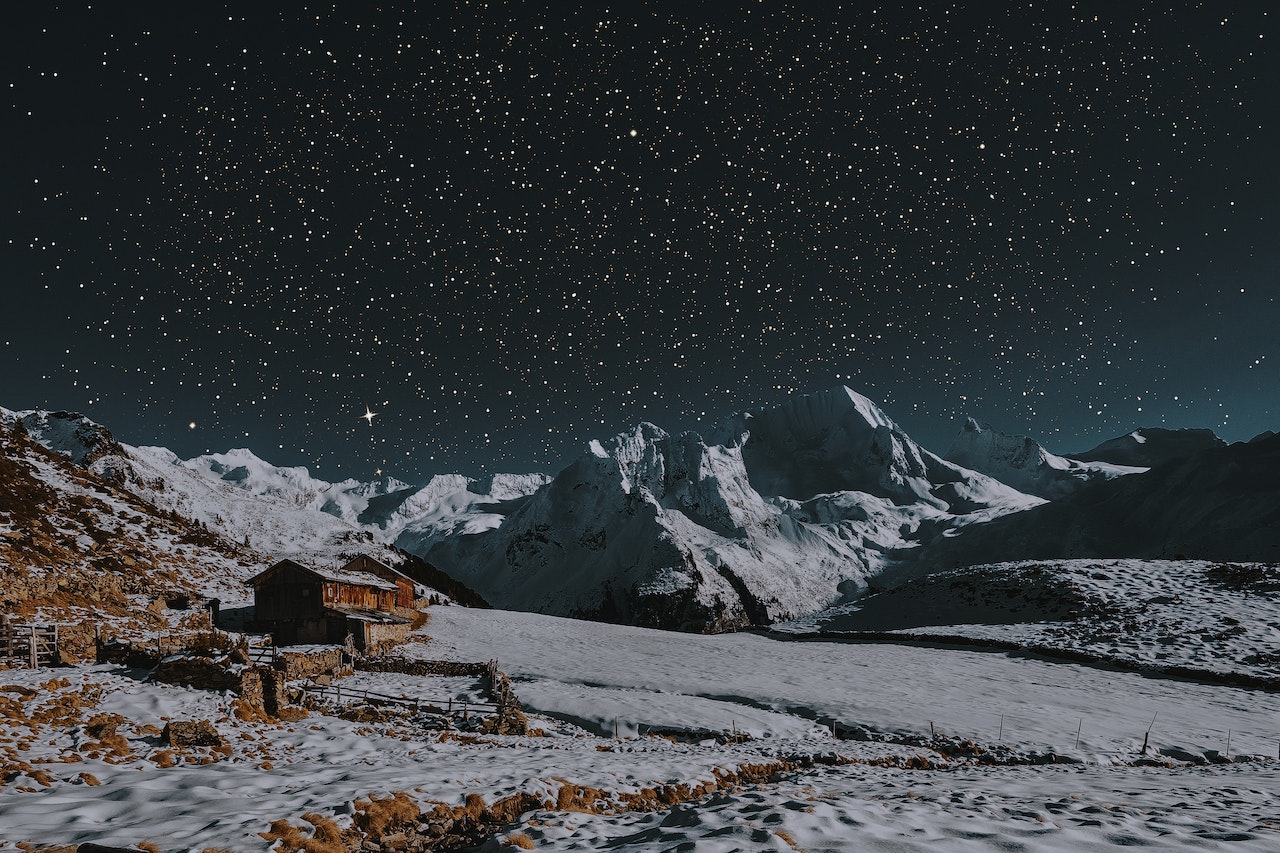Table of Contents
- Night Aesthetics – An Enigma in the Dark
- The Symbols Hidden Within Night Aesthetics
- The Psychological Significance of Night Aesthetics
- Night Aesthetics in Art and Culture
- Night Aesthetics and Modern Cityscapes
- Personal Experience with Night Aesthetics
- Conclusion: Illuminating the Darkness
Night Aesthetics – An Enigma in the Dark
Unraveling the fascination humans have with the dark, this blog post will dive into the symbolism and psychological significance of night aesthetics. We will explore the three primary symbols hidden within night aesthetics: tranquility and reflection, mystery and the unknown, and desolation and isolation. Then, we will move towards the subconscious connection humans have with the night, and the link between darkness and the human psyche. As we navigate through this enchanting terrain, we will illuminate the mysteries of night aesthetics and their grip on our minds.
The Symbols Hidden Within Night Aesthetics
Tranquility and Reflection
The aesthetics of nighttime evoke a feeling of tranquility and introspection. The calming hues of blues, grays, and blacks replace the high-energy colors of the day. The world grows quiet, and in this tranquility, people often find a space for self-reflection and meditation. This aesthetic of peaceful solitude attracts individuals to night-time settings, offering them an escape from the bustling daytime realities.
Mystery and the Unknown
A shroud of darkness surrounds us like an invisible force when night descends upon us. It masks more than it illuminates, contributing to an air of wonderment and bewilderment prevalent in our surroundings. The shapes outlined by shadows or barely visible spaces lure people towards the unknown as humans have always had a fascination for what lies far from what they’ve encountered so far. These mysterious elements make nighttime aesthetics captivating for individuals since they attract curious minds towards its mystic essence.
Desolation and Isolation
While the hush of night is tranquil, it can also elicit sensations of emptiness and seclusion. The absence of bustling crowds, coupled with the enveloping darkness, can intensify emotions of solitude. This stark contrast to daytime activity underscores another dimension of the night aesthetic, linking it to sentiments of loneliness and melancholy.
The Psychological Significance of Night Aesthetics
Subconscious Connection to Night
Experts in psychology agree – there’s’ something about the night that captures human interest on a subconscious level. Perhaps it’s because this period offers a respite from busy days spent surrounded by others; perhaps it’s because darkness itself holds an unknown allure. Whatever the reason may be, what’s certain is that nights have long been regarded as a space for self-reflection and creative expression – offering ample opportunity for mental growth and discovery amidst nocturnal landscapes.
The Dark and the Human Psyche
The allure of darkness, a key element of night aesthetics, has deep roots in the human psyche. The dark symbolizes the subconscious, the realm of dreams, fears, and desires. This draws individuals to night aesthetics, as they find in them a mirror reflecting their inner worlds. The aesthetics of the night, thus, often serve as a medium for self-exploration and understanding.
Night Aesthetics in Art and Culture
Night aesthetics have long permeated human art and culture, reflecting our deep fascination with the enigma of the nocturnal world. This section will shed light on the interplay between night aesthetics and various cultural aspects, unraveling its profound influence.
The Night in Literature and Poetry
The night has been an enduring muse for poets and writers. It offers a powerful backdrop for unfolding narratives and emotions. From Edgar Allan Poe’s ‘The Raven’ set in a “midnight dreary” to Robert Frost’s peaceful woodland in ‘Stopping by Woods on a Snowy Evening’, night aesthetics have been used to amplify the emotive power of literary works. Their tranquility, mystery, and desolation echo through the verses and prose, deepening the readers’ engagement.

Night Aesthetics in Visual Arts
Visual arts, like painting and photography, often leverage night aesthetics to evoke specific emotions or symbolize complex ideas. Vincent Van Gogh’s ‘Starry Night’ and Edward Hopper’s ‘Nighthawks’ are classic examples of the night’s portrayal in art. These artworks play with darkness, shadow, and sparse light to create visually captivating pieces that resonate with the viewer’s psyche.
Night Aesthetics in Cinema and Music
In cinema, night aesthetics significantly contribute to the mood and tone of scenes. From the eerie tranquility in Stanley Kubrick’s ‘The Shining’ to the lonely cityscape in Wong Kar-wai’s ‘In the Mood for Love’, night aesthetics have been crucial in evoking desired emotions. In music, night themes are abundant, serving as metaphors for a wide array of sentiments, from melancholy and isolation to serenity and introspection.
Night Aesthetics and Modern Cityscapes
As urban environments transform, the aesthetics of the night have found a new canvas. In this section, we delve into the captivating world of modern cityscapes after dark.
Neon Nights and Urban Energy
Today’s urban landscapes, draped in neon and LED lights, offer a fresh take on night aesthetics. The bright neon hues against the dark backdrop create a vibrant, dynamic aesthetic that symbolizes the ceaseless energy of city life. These nightscapes reflect the modern interpretation of night aesthetics, a mix of human-made light and natural darkness.

Personal Experience with Night Aesthetics
The Magic of Midnight Musings
Individual interactions with night aesthetics can be deeply personal and subjective. For some, the night might be a comforting blanket of tranquility and solitude, a time for reflection and introspection. For others, the darkness might stir feelings of mystery, adventure, or even unease. This personal interplay between the self and the night aesthetics underscores the emotional depth and complexity of our relationship with the nocturnal world.
The Night Sky – A Universal Connection
One cannot talk about night aesthetics without mentioning the night sky. The sight of stars scattered across the inky blackness has a universal appeal. This aesthetic experience connects us to the grandeur of the universe, grounding our personal lives within a larger cosmic context. The night sky, thus, adds another layer of depth and symbolism to night aesthetics, linking them to themes of existentialism and spirituality.
Conclusion: Illuminating the Darkness
Night aesthetics, with their tranquil allure and enigmatic charm, hold a unique place in human culture and psychology. They bring together symbolism, emotion, and the human subconscious in a delicate interplay of dark and light. As we explore these aesthetics, we gain a deeper understanding of not just our artistic preferences, but also our innermost feelings and thoughts. The night, it seems, is not just a time of darkness, but a canvas where our minds paint their most profound creations.
With a greater comprehension of the symbolism and psychological significance of night aesthetics, we can now appreciate the nocturnal world with an enlightened perspective. We have journeyed through the tranquility, the mystery, and the desolation inherent in the night, and traced their roots to our subconscious psyche. We have, indeed, illuminated the enigmatic charm of night aesthetics.




 No products in the cart.
No products in the cart.